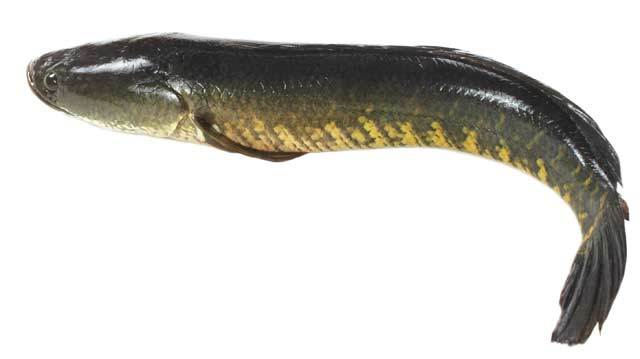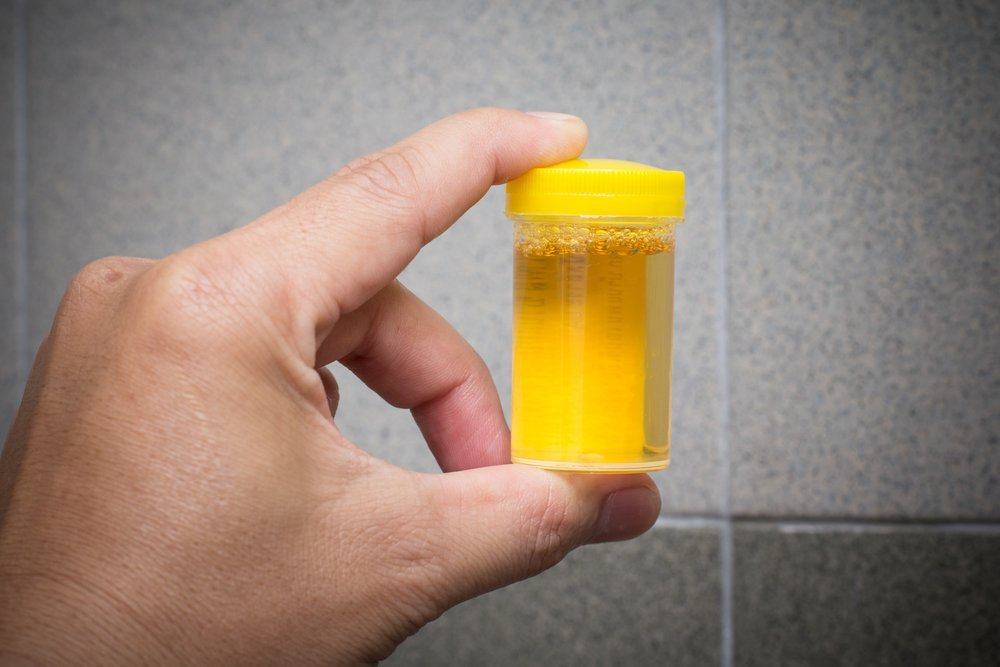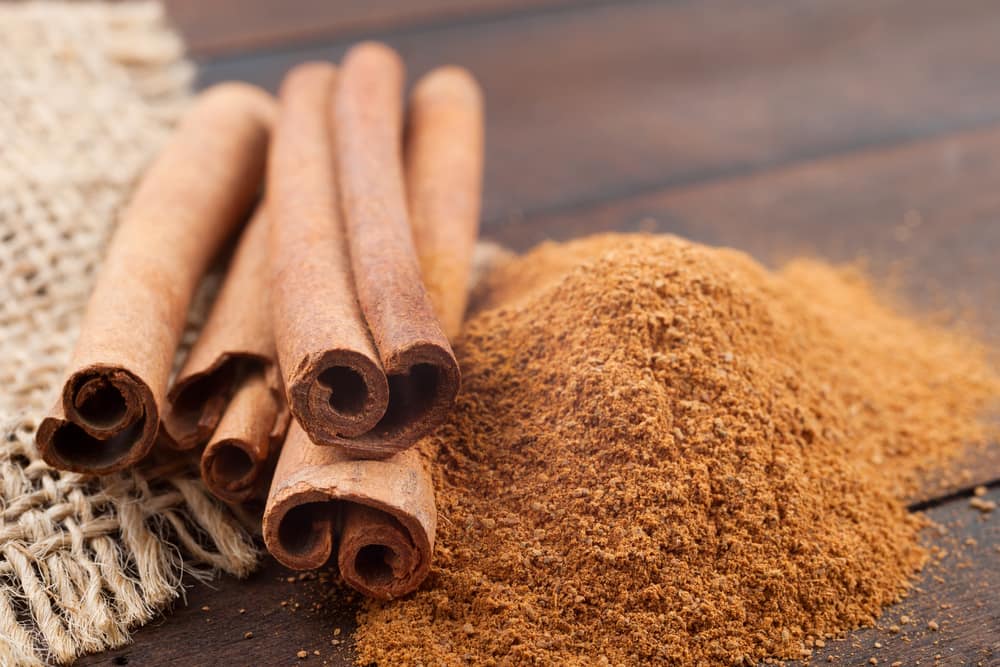Contents:
Medical Video: What semen color says about your health?
At one point in his life, most men must be wondering, "Is my penis normal?" Or "Is semen supposed to look like that?" Actually, what does a healthy penis look like?
A healthy penis can not only be judged on how well a man performs on a bed, but on how well it functions everyday.
Penile sensitivity, size, and erection - all of this is related to the overall health of a man's body in terms of what is normal and not, which can serve as an initial indicator of problems in other areas. If the penis cannot erect, for example, this can reflect underlying health problems, beyond mere issues of passion and sex.
Physical characteristics of a healthy penis
Color
In general, a healthy penis has the same color as the skin tone of a person's body. However, a man can have a penis that is 1-2 levels darker, more brown or reddish - even brighter than other body parts.
Some men have black spots on their penis. For some men, this is a normal part of their skin. However, immediately consult a doctor if spots or stains appear that just appear and do not disappear.
Although not too common, it is not impossible for penis bruising. The bruises that disappear quickly, are relatively harmless. However, diffuse purple or dark blue bruises, especially arising after an injury, require immediate medical attention because they can indicate long-term damage to the erection.
One thing is certain, if the skin tone of your penis is not so different from the rest of your body skin color, then you are most likely fine. In addition, when you get stimulation, the penis can tend to darken for a while. However, if there are significant and sudden color changes, and followed by pain - especially redness and swelling - you should see a doctor.
Texture
Most penis is not smooth. Normal for the blood vessels in the penis can be seen and even slightly appear on the surface, especially if aroused. Many healthy penises also have hair follicles on the trunk, which feel like small bumps. As long as the size of the lump is not alarming and red, or irritated, this lump may be part of your natural skin, such as pearly penile papules (PPP) or Fordyce spots.
Pearly penile papule (PPP) is a small, smooth pearl-like wart on the penis head that is generally present in young adulthood. PPP is a very common condition, completely harmless and not contagious; around 25 percent of the male population in the world has it.
Fordyce Spots are small bright red bumps that are similar to the color of your skin on the trunk of the penis or testicles. This lump arises in at least 50 percent of the male population. Fordyce Spots are a natural condition and do not require special concern, harmless and non-infectious. However, large and irritated lumps can provide a signal for sexually transmitted diseases, such as suppurating penile warts. You should see a doctor if you have this.
A man is also possible to get a reddish rash on his penis. Apart from venereal disease, the skin of the penis can be irritated red from the allergic reaction of bath soap, detergent, or from too much friction from sex or masturbation.
If the irritation does not disappear within a few days, see a doctor - especially if you are sexually active. Skin irritation that does not heal can indicate venereal disease or ringworm (fungal infection due to damp temperatures). Ringworm is easily treated and often occurs in uncircumcised men.
Size
Penis size varies, as does the size of the testicles. In Indonesia, the average penis size of an adult male is 12-19 centimeters in erection. When 'withered', the penis length generally ranges from 5-10 centimeters.
Some people can have a few centimeters that is significant during erection, while others only get 1-2 centimeters in length. When you are cold or swimming in cold water (or even nervous), a penis can constrict into the body, but it will stretch again when it gets warm. All this is normal. This is caused by half the length of the penis that is actually in the body - like a large tree with roots firmly in the ground. You cannot see the base of your penis embedded in the pelvis and attached to your pubic bone. Erect penis, actually, has a boomerang-like shape.
The testes of most men have a uniform size, although it is common for one side to be larger than the other. One lower hanging testis is also common and is not a serious medical condition. Generally, the testis must feel smooth, without any lumps or lumps. Behind the testis, there is a soft 'tube' called the epididymis. If you see a change or something strange - one testicle enlarges and has hard, hardened, and painful lumps that can indicate cancer - it's important to get a thorough examination at the hospital.
The penis can shrink for several reasons. Smoking, one of them. Smoking has an impact on the development of atherosclerosis, aka plaque buildup in the arteries. This plaque will clog the blood vessels of the heart, including blood vessels that are responsible for sending blood to the penis during erection. Blockage of blood vessels coupled with toxic chemicals from cigarettes can damage blood vessels, causing erectile dysfunction. This can cause penis size to shrink by 1-2 centimeters due to calcification of blood vessels. Smoking can also cause penile tissue damage which can affect the ability of the penis to function normally, in addition to erections.
Form
Some penises can hang to one side or another. Some penises can also have a slight curve, even when erect. This condition is common and does not require great concern, especially if this curve has been around since the baby. However, if your penis is suddenly bent - due to Peyronie's disease, which is a buildup of benign plaques - and causes pain during sex, call your doctor. This condition is easily treated.
In addition, every time you have an erection in the morning or masturbation, this is actually the body's way to maintain the shape of the penis fitness. The penis muscle must still receive oxygen through the bloodstream which can cause it to enlarge and erect. If a man does not experience a normal erection, penile tissue can become less elastic and shrink, which can make the penis 1-2 cm shorter. But calm down, if you are still physically erect but don't experience it in a day, the brain has an automatic penis maintenance program.
Some people are not physically able to experience erections, such as after experiencing trauma or nerve damage, or those who have diabetes. In cases like this, a device such as a vacuum pump, which functions to force the penis to enlarge with blood intake, can help men who have physical erectile problems to maintain a healthy penis.
Foreskin skin
Some men are circumcised, some are not and still have intact foreskin. Both are common in Indonesian culture. The foreskin is a thin layer of skin covering the head of the penis in uncircumcised men. When aroused, the foreskin skin will pull away which will show the penis head.
The important thing to remember, always keep the foreskin skin clean. Oil, sweat, dirt, and dead skin can accumulate underneath, which can form a white or yellowish crust called smegma. Smegma is normal and there is no need to worry. Simply clean it when you take a shower to avoid yeast infections.
Like the vagina, the penis skin is the ideal environment for bacteria to multiply. However, the number of bacteria will depend on whether the man is circumcised or not. Reporting from the Medical Daily, there were fewer bacteria found in the circumcised group of men than those who did not. Circumcision changes the ecology of bacteria in the penis, which might explain why this action can reduce the risk of HIV. In theory, anaerobic bacteria - bacteria that cannot live in the presence of oxygen - can cause the body's immune system to react in such a way that the body's cells become more vulnerable to HIV infection in uncircumcised men.
Ejaculation
When a man gets stimulated, he ejaculates and secretes semen. The amount of semen at one ejaculation is usually less than one teaspoon, but this varies between men.
Ejaculatory fluid is usually milky white, although some men have a slightly yellowish liquid. If the ejaculation is painful or you cannot ejaculate, contact your doctor. Ejaculation fluid containing blood must also be examined.
Semen has a variety and consistency and texture. At times, semen can appear thicker and clumpier than usual. Generally, there is nothing to worry about. Changes in consistency and texture are influenced by dietary patterns and the last nutrient intake before he ejaculates, the last time he ejaculates, and how stimulated they are.
Sensitivity
Decreasing penile sensitivity is normal as we get older, although how many degrees of decline cannot be explained in detail. Generally, the sensitivity of a penis is measured by the small amount of stimulation that can be felt - called the sensory threshold.
Decreased sensitivity due to age is often associated with a decrease in the amount of testosterone and changes in androgen receptor sensitivity. Sensitivity will begin to decline at the age of 25 years, and the sharpest decline is seen in men aged 65-75 years.
What needs to be understood about a healthy penis, everyone can be different from each other. A healthy penis doesn't look uniform, so try not to worry too much or compare yourself to other people.












